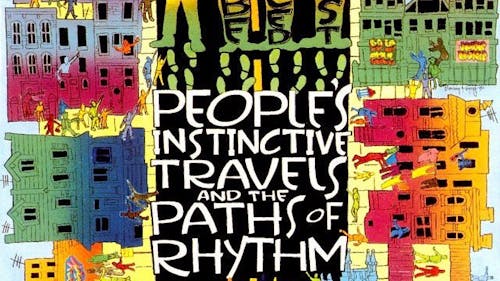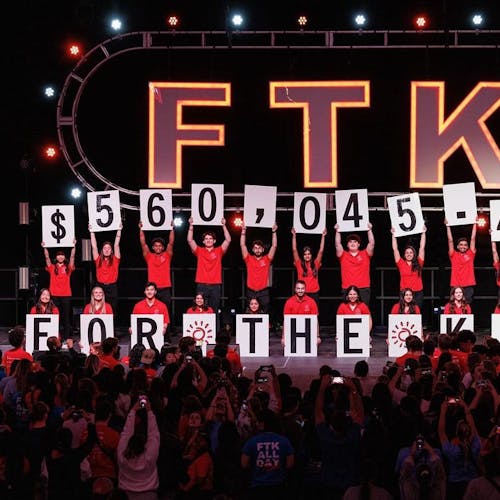Looking at music's legendary debut albums through time

There’s nothing more crucial than a first impression. We tailor the way we introduce ourselves based on the scenario, whether it’s a high-pressure situation like a job interview or a low-pressure greeting like meeting a friend of a friend. All the various quirks we suppress, pretenses we put up and rules of decorum we stick to are only amplified in the world of music.
A debut album, especially on a major label, is meant to introduce an artist and a brand. Debuts are pored over by art directors, marketing teams and producers, with the sole intent of solidifying an artist’s ethos, an album that can stand out enough to withstand the constant flood of new music. Most importantly (to the labels), they’re also meant to show whether or not an artist can be profitable.
An artist’s lack of experience and the label’s focus on profit has made many a debut project lackluster. But every now and then, an act breaks through off the strength of their musical vision and lays the groundwork for a legendary career. Here are a few debut albums that did just that.
“People's Instinctive Travels and the Paths of Rhythm” by A Tribe Called Quest (1990)
In the late ’80s, hip-hop was turning to anger. Although communicated differently, both coasts had groups (N.W.A., Public Enemy) that expressed unbridled anger through their music. So, when A Tribe Called Quest arrived as laid back as can be, it immediately set them apart.
The title — “People’s Instinctive Travels and the Paths of Rhythm” — was enough to turn heads, and the nearly 8-minute opener “Push It Along” hooked listeners off rip. Q-Tip and Phife Dawg glide in on a Grover Washington Jr. sample, laying lines about Afrocentric living and systems of power, sounding assured without being preachy.
Throughout the album they drop gems that feel like scenes from their life, making their experience universal, like in classic tracks “Bonita Applebum” and “Can I Kick It?”
Tribe’s notably relaxed tone contrasted with the developing style of gangsta rap, making them instantly accessible. The production was also groundbreaking, influencing many artists we know and love today.
“Funeral” by Arcade Fire (2004)
Hailing from Montreal, Arcade Fire burst onto the alternative music scene with an album that centered around heavy topics, essentially being an album about mortality. Many band members had lost family members in the months before the album’s recording, so the subject matter was especially prescient, and the loss was palpable in frontman Win Butler’s despairing voice.
Eliding any strict hallmarks of alternative music, making rhythmically engaging music that deviated from the standard backbeat. “Art rock” is a dubious term that draws ire from plenty of fans, but the way Arcade Fire mixed eccentric arrangements with lyrics recklessly searching for catharsis was enough for critics to describe “Funeral” as such. The album has aged remarkably well and was included on plenty of the “Best of the Decade” lists in 2010.
Approximately 10 years later, the band was headlining Coachella in large part to the strong start they got off to with “Funeral.”
“Never Too Much” by Luther Vandross (1981)
After a decade of playing the background as a session singer, Luther Vandross staked out a place for himself in the world of R&B with a polished debut that showed off his stellar voice. The most notable aspect of the project was the masterful songwriting and arrangement, all done by Vandross himself.
Having large production teams who wrote and arranged full songs to set on a platter for singers was the norm, but Vandross took the time to craft 6 of the album’s 7 songs himself and included a masterful 7-minute cover of “A House Is Not Home.” He, along with Whitney Houston, set a whole new standard for R&B vocals.
Their dynamic, near-operatic tones, which were deeply informed by the traditions of the Black church, are a style that’s been emulated ever since they broke out. That being said, very few have the range to have done it as well as them.
Garnering multiple Grammy nods and going double platinum only serve to solidify the importance of Vandross’s shining achievement with “Never Too Much.”



